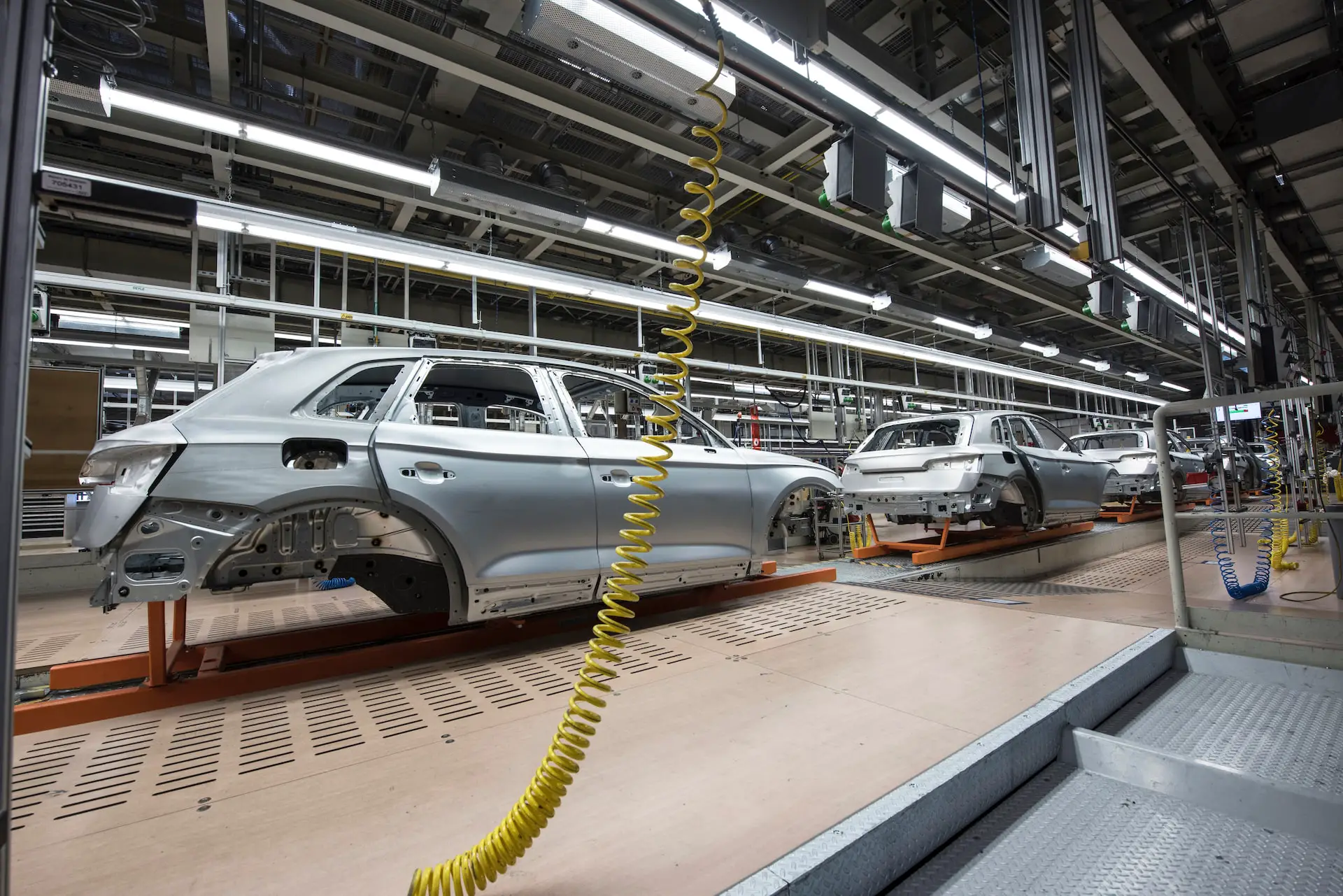As we move along 2023, the automobile industry faces major shifts in its manufacturing processes. Increases in process optimization and efficiency, in turn, contribute to higher-quality output at lower prices as technology develops further.
To that end, here you can get a better understanding of how the automobile industry is implementing changes in three key areas: automation, supply chain management, and quality control.
Robotic Process Automation in Manufacturing
The rising use of automation is one of the most significant shifts in manufacturing practices in the automobile sector. Although automation has been present for quite some time, it has only recently become inexpensive and viable for use in the automobile sector because of technological developments.
Companies will continue to invest in automation in 2023 to boost output efficiency and save expenses.
Robotics
In the automobile industry, robots replace humans in several repetitive, menial duties. Welding, painting, and assembly are all included in this category. Robots allow factories to improve productivity while cutting down on expenses associated with human workers. Also, robots can carry out these duties with a high degree of precision, resulting in better final goods.
Self-Guiding Cars
Transportation of materials and components in factories is increasingly handled by autonomous guided vehicles (AGVs). Since they don’t need a driver and can be directed to follow predetermined paths, these vehicles are perfect for moving materials and components between processing steps. Manufacturers may speed up production by cutting down on material handling time by employing AGVs.
Inspection Robots: Robotic Quality Control
Automated inspection systems check products to guarantee they are up to par. These systems use cameras and other sensors to inspect the products as they are processed through the manufacturing facility. Automated inspection systems help producers discover quality concerns before they become major problems, minimizing the number of defective goods that make it to store shelves.
Managing the Manufacturing Supply Chain
Supply chain management is another area where the automobile industry is making changes to its manufacturing processes. More businesses will use automotive core tools and techniques in 2023.
Just-in-time production (JIT)
In JIT manufacturing, workers bring materials and components to the assembly line just before they require them. Hence, we may save money on storage costs while simultaneously increasing output. In 2023, just-in-time production will rise in popularity as companies explore ways to streamline their supply chains.
Information Technology and Supply Chain Management
Transparency and coordination in the supply chain are being enhanced with the help of digital supply chain management. Companies can monitor the whereabouts of raw materials and finished goods as they travel through the supply chain using digital instruments like sensors and RFID tags. This improves supply chain efficiency and helps prevent bottlenecks.
Technology-Based on a Distributed Ledger
The supply chain is using Blockchain Technology to increase visibility and strengthen security. Blockchain technology allows businesses to keep an immutable record of all supply chain transactions in a way that is both trustworthy and open to scrutiny. This has the potential to increase trust and confidence throughout the entire supply chain while reducing the possibility of fraud.
Product Quality Assurance Measures
The automobile industry is also modifying its approaches to quality control in manufacturing. The number of faulty items businesses produce will decrease as more organizations embrace innovative quality control methods in 2023.
Stochastic Control Theory
As a method for keeping tabs on and regulating manufacturing operations, statistical process control (SPC) is an invaluable instrument. To prevent faults from entering the product stream, businesses are increasingly turning to SPC to detect and remedy issues in the manufacturing process. This can potentially increase overall product quality and decrease the number of faulty items.
Causes and Consequences of Potential Failures
Investigation of the causes and consequences of manufacturing failures is known as a Failure Mode and Effects Analysis (FMEA). FMEA helps businesses identify possible sources of failure so they can create safeguards against them. As a result, this can enhance product quality and lower the likelihood of faults.
Sigma Six
Reduce faults and boost quality using Six Sigma, a technique for enhancing existing processes. Six Sigma allows businesses to pinpoint and eliminate the causes of manufacturing process variation, and this has the potential to increase product quality and lower failure rates.
Conclusion
These developments will improve automotive automation, supply chain management, and quality control by 2023. Robots, AGVs, and automated inspection systems are improving industrial productivity and saving costs. Similarly, JIT, digital supply chain management, and blockchain are improving transparency and coordination. Whereas, SPC, FMEA, and Six Sigma are reducing faults, and enhancing product quality and dependability.
It’s now well understood that technological changes are necessary for the car industry to remain competitive.

















